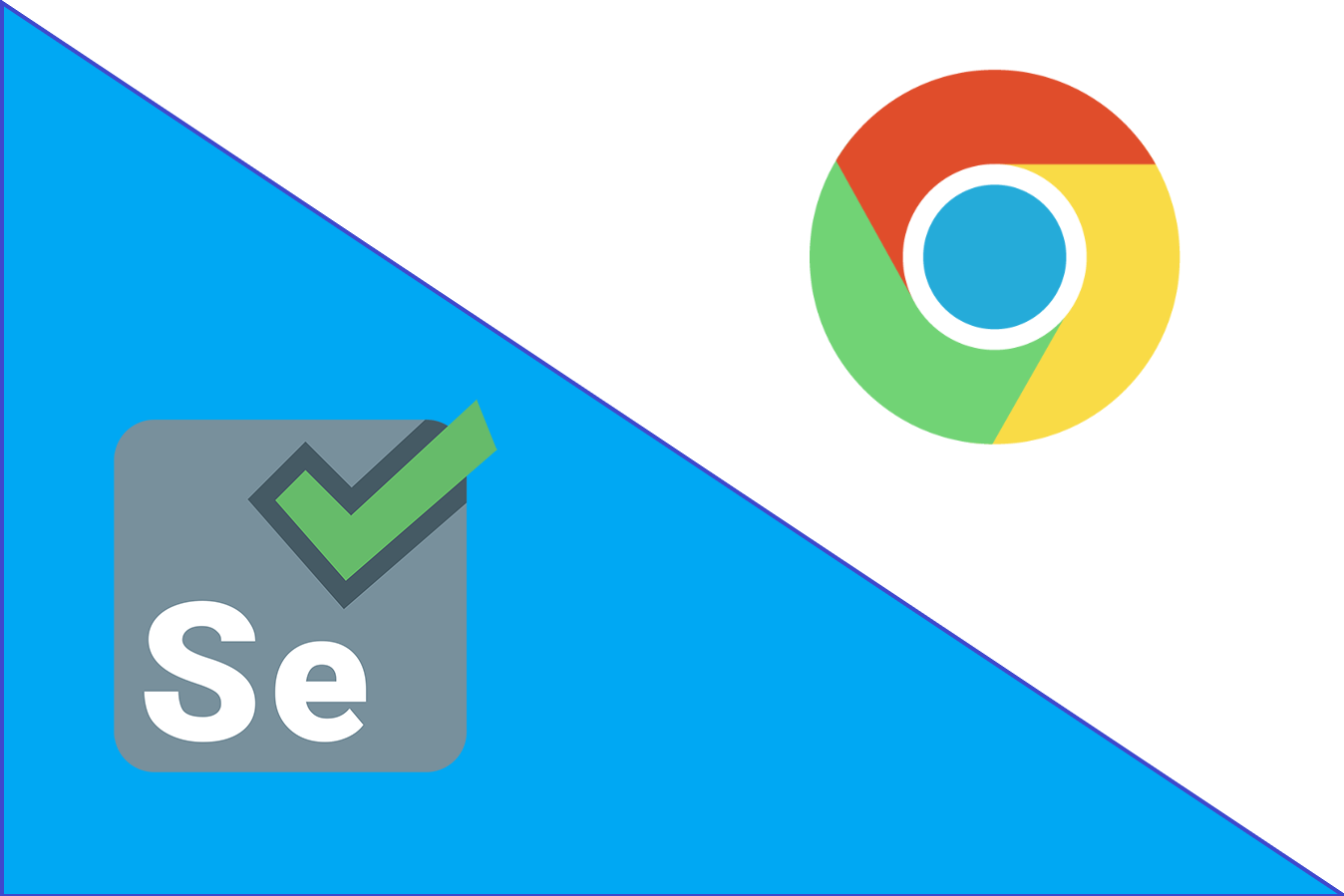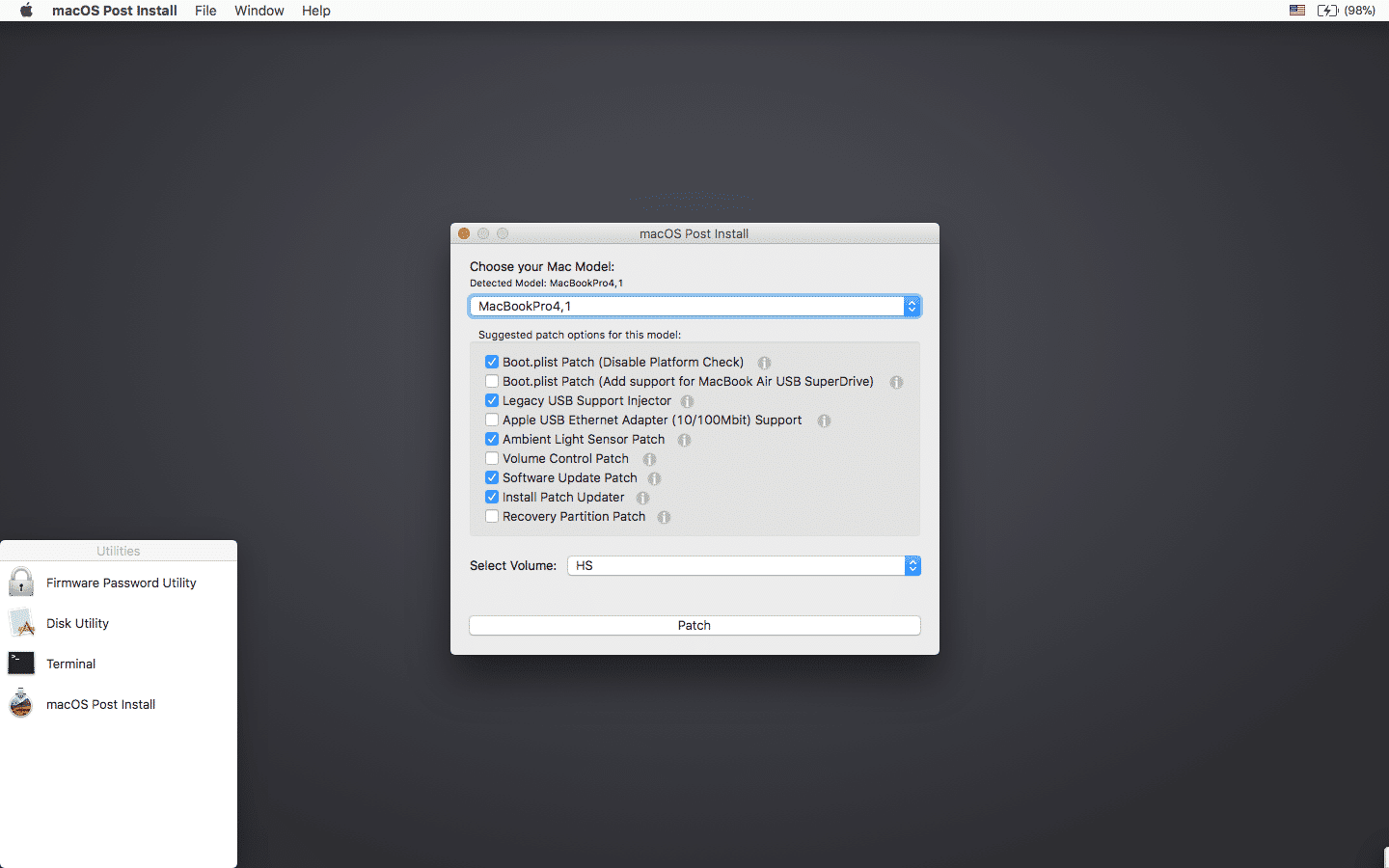
Let’s save this and move over to the terminal. Here is a basic script to get up and running with selenium: from selenium import webdriver # Initialize the driver driver = webdriver.Chrome() # Open provided link in a browser window using the driver driver.get("") We can now go ahead and create a python script that utilizes it. When the installation is done, we can check the version of chrome driver by running the following command on the terminal: chromedriver -versionĪt the time of writing, the latest version of chromedriver installed by homebrew is version.

We do this by executing the following command on the terminal: brew cask install chromedriver Once we’ve installed selenium, it’s time to install the chromedriver using homebrew. We can do this by running the following command on the terminal: pip install selenium You can learn more about homebrew and how to install it here. Homebrew is a package manager that installs packages in their own directory and then symlinks them in “usr/local”.

Code documentation on selenium-python can be found here. I won’t go into too much detail about selenium in this post in order to keep it short. I doubt you need much of an introduction to python, selenium is a framework that facilitates browser automation. In my first project, my chosen tools were python, selenium, and homebrew. I’ve been working on some web crawling projects recently. ĭid this work for you? Did it solve your problem? Please leave a comment below.Running selenium on MacOS using chromedriver Please download the server from and place it somewhere on your PATH. Finally, update your tests to run using Chrome and run your tests!Īfter running your tests, if your PATH isn’t set up correctly you get this helpful message: Selenium::WebDriver::Error::WebDriverError: Unable to find the chromedriver executable.You should see your newly added path in the stream of other paths already there. To double check, quit Terminal and relaunch it.My PATH looks like: /Users/myname/Documents/WebDriver.



 0 kommentar(er)
0 kommentar(er)
